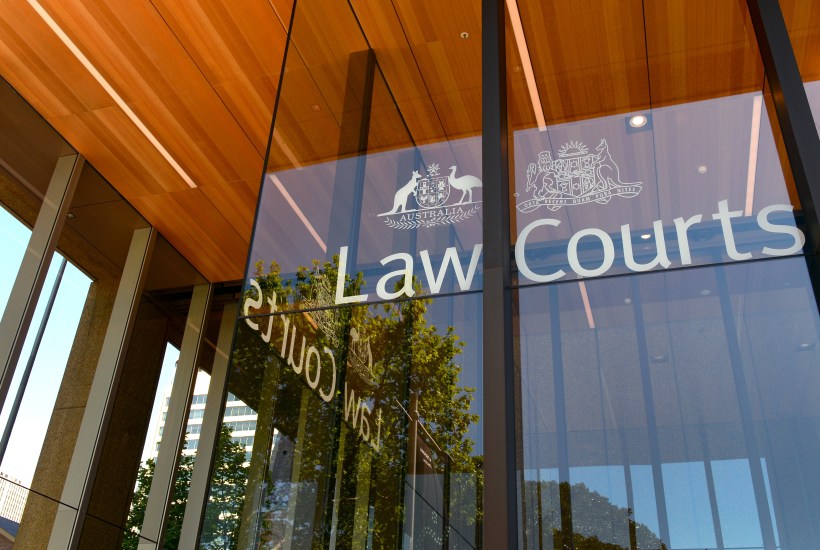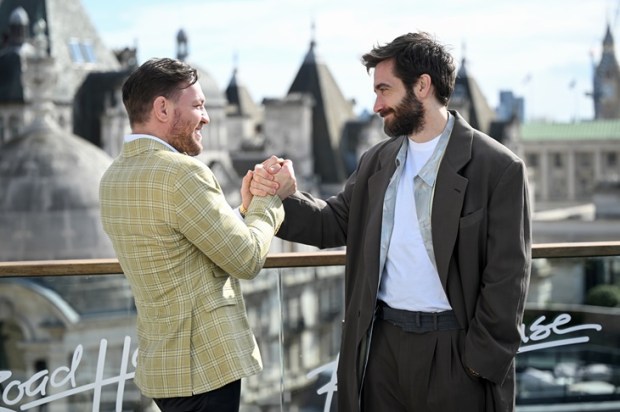You have had plenty of time to think about it. Tell me, madam, why did you get married? You don’t know? Oh, I see, you fell in love and decided to make it permanent. What do you mean you fell in love? That’s a tough one, isn’t it? It probably means little more than you had the feeling in the pit of your stomach that you wanted to marry the poor slob, you couldn’t live without him and you had waited long enough to know he would stay with you forever; or, you married him but only to stop him turning up and drinking your father’s beer.
I have a friend who owned a beagle called Boris. Said Boris was a sedentary canine – not as sedentary as he is now – who preferred deep sleep while locked inside a dog-proof fence to anything except more food. Boris had every outward appearance of sedation with his enthusiastic grin reserved for meaty bones and tasty leftovers; that is, until Mrs Mavis Brown’s little, pure white terrier, Beryl, came on heat. With only a single thought in his head, Boris scaled the six-foot fence with ease, serviced the young lady’s needs with similar ease, returned to his basket and remained innocent of all offences – until Beryl delivered seven cute little puppies with floppy ears and tricolour markings. They increased Boris’s medication.
Now rethink your own reasons for marriage: she was pregnant and told me, so we got married; or, I wanted to make love to her and she told me no, unless we were married. All of these reasons — and I’m sure there are hundreds like them — are euphemisms for the real one. But the real reason that boys and girls agree to get married is the natural impulse that drives them together so that the two shall become one flesh is so pressing that they get married; alternative, that they miss marriage altogether and head straight for the bedroom.
Even when a couple decides to live together, there is some sort of agreement struck. He asks if she will stay, there is some discussion and minor details are discussed, but the purpose of living together the pressing need to satisfy that passionate bug in the breast of both is not addressed until after it has been satisfied. Knowing that the by-product of that act is often a child, the couple usually uses some sort of contraception. But you have to see it for what it is. The natural impulse in each of us is an impulse to have the care of the future generation in our actions. Some people describe it as ‘falling in love’ others describe it in more vulgar language, but the purpose of the act itself is a natural force evident in every animal.
We should not forget that there is a significant difference between humans and dogs. Dogs act exclusively from instinct while human beings exercise deliberate choice. They might apply many different criteria when choosing – and not always the right ones – it is the natural impulse to reproduce that sends them looking for each other.
So, you get my drift. Boy meets girl, boy proposes or makes clear what he intends; girl says yes and moves in or boy slips the ring on her finger and she moves in. That’s the way it happens – for the most part. That qualification is important because we are not machines where it happens the same way every time, but it does happen for the most part. And notice: the man, for the most part, asks the woman and she says yes or no. To what, however, does she consent? Whatever it is, she will be asked again, during the marriage ceremony by the celebrant, and she will then reaffirm her willingness:
But again, I ask, what does she affirm? Interestingly the Commonwealth High Court didn’t ask, let alone answer that question; at least not in any sensible way. Some sense of the answer can be had from the religious ceremony that used to attend marriages in the Church of England. In the Anglican Book of Common Prayer Solemnisation of Marriage ceremony, the priest would describe the marriage as the joining together of ‘this man and this woman in Holy Matrimony.’ There was even a reference to the two becoming one flesh. Was marriage just a lifestyle choice as it was presented in 2017 or was it something more? If you hadn’t understood the first reference it became clear when it was said of marriage: ‘First it was ordained for the procreation of children.’
Then the ceremony required that each of the man and woman give their consent to the decision. “Wilt thou have this man to thy wedded husband to live together after God’s ordinance in the Holy estate of matrimony. Wilt thou love honour etc, in sickness and in health and forsaking all others, keep thee only unto him, etc.” The husband makes similar promises to his wife. So the principal purpose of marriage is for procreation of children because that is the purpose of marriage ‘for the most part.’ Was that clear enough? Perhaps not for the Court.
You can see that the whole purpose of marriage, the whole purpose of the ceremony is to formalise with prayers the conditions under which a man and a woman will live together and bring children into the world while pledging to remain faithful for the rest of your life. The ceremony named two further reasons for marriage. Marriage was to prevent fornication by the consent of the parties to intercourse while providing the other with mutual society, help and comfort.
You might wonder why I would even bother with this analysis, given that anyone who’s been married for more than five minutes knows what it is about.
The truth is that there was a rather dry High Court case in 1993 which is euphemistically called R v L; in which the Court decided for reasons that can only have seemed like a good idea at the time, that marriage did not imply consent to sexual intercourse and that a husband could be guilty of rape. That is not to say that the common law excused a man from violence against his wife. It did not. But given her consent and the contract into which she entered, rape was never an option even if various degrees of unlawful assault were. What that 1993 case meant is that the Court was already a part of the #MeToo movement, casting off the natural purpose of the two sexes and their desire for each other in favour of there lifestyle view that some of the Court have enjoyed from time to time.
By ignoring the self-evident purpose of marriage in R v L, the High Court made possible its subsequent decision in Commonwealth v ACT which, having stripped all meaning from the word marriage left an empty vessel into which the parliament could pour its own sour grapes.
Got something to add? Join the discussion and comment below.
Got something to add? Join the discussion and comment below.
Get 10 issues for just $10
Subscribe to The Spectator Australia today for the next 10 magazine issues, plus full online access, for just $10.


























Comments
Don't miss out
Join the conversation with other Spectator Australia readers. Subscribe to leave a comment.
SUBSCRIBEAlready a subscriber? Log in